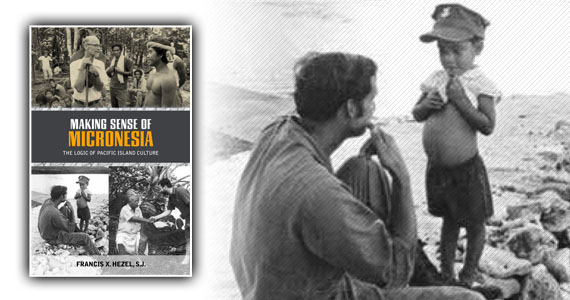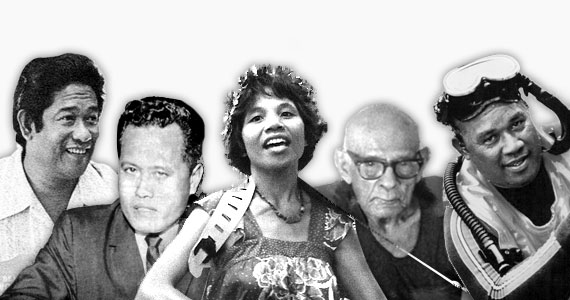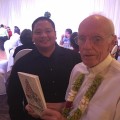Making Sense of This and That
Pardon the self-promotion, but University of Hawai?i Press has just announced that my new book has just hit the streets. Don?t expect to see it on the New York Times best-seller list anytime soon. The title, Making Sense of Micronesia, is precisely what the book tries to do. As the blurb puts it:
Why are islanders so lavishly generous with food and material possessions but so guarded with information? Why do these people, unfailingly polite for the most part, laugh openly when others embarrass themselves? What does a smile mean to an islander? What might a sudden lapse into silence signify? These questions are common in encounters with an unfamiliar Pacific Island culture. Making Sense of Micronesia is intended for westerners who find themselves in contact with Micronesians?as teachers, social workers, health?care providers, or simply as friends?and are puzzled by their island ways.
I must have learned something during all those years in the islands, struggling as I was to make sense of cultural exchanges that were a little beyond me. I make no claims to being an anthropologist, but give it enough time and sooner or later those ?weird customs? that we puzzle over start to appear natural. Slowly we begin to be able to predict the responses that might have surprised us in earlier years. We begin to detect the larger patterns that guide behavior and values in island society. Aha! There is a logic to it all, we come to realize. It does make sense, after all.
So the book is my own attempt to share some of what?I’ve?learned with others–not with you old hands in the Pacific who have come to realize the same thing, and certainly not with you Islanders who grasped it all from the start. The book is an attempt to reach those people providing important services for Micronesians without an opportunity to discover island logic the slow and cumbersome way. But it?s especially intended for those who come charging into the island scene, with lots of answers and no questions, to promote development in its different aspects.?We’ve?all known such people, and many of us have been such people at an earlier point in our lives.
Speaking of ?making sense? of something,?I’ve?been spending the last month or so re-examining the early missionary period in the Marianas. This work has been prompted by the campaign to have Diego Luis de San Vitores, the superior of the Jesuits who began the first mission, canonized by the Catholic Church. But the work has been fueled by the struggle of many Guamanians to remain loyal to both their church and their cultural roots. I?m hoping that the monograph I?m preparing on this controversial historical period will make it a little easier for them to do so. But I?d also like to see it finally lay to rest some of the long-standing myths about that era. You can be sure that I?ll have more to say about this in future blogs.






